First, a tip - no bread is served at most lechonaras, but nothing goes with roast pig like a loaf of pan sobao, which is the most delightful hunk of bread on the face of the planet. Forget about France and Italy, Puerto Rico holds the bread crown in our book. On our list of to-do's: secure the recipe for this doughy goodness and attempt to recreate the magic back home. You can find pan sobao at most local bakeries around the island. Normally this bread does not make it to its final destination because Eva devours it in the car on the way. Amazingly, this time she managed to control herself amidst the aroma of four loaves of freshly baked pan sobao wafting throughout the car.
|
On Labor Day, we traveled with our family to Guavate, home of the lechon highway. Guavate is a mountain town in central Puerto Rico, whose twisty main road weaves through the jungle amidst a great many "lechoneras". Lechon is the Puerto Rican term for roast whole pig on a spit. It's traditionally cooked up on weekends and served for lunch, or for as long as it happens to last. It is typically accompanied by dance floors/halls with loud music and copious amounts of alcohol. We have been meaning to partake of this local tradition for years, and finally got our chance thanks to Eva's uncle & aunt! First, a tip - no bread is served at most lechonaras, but nothing goes with roast pig like a loaf of pan sobao, which is the most delightful hunk of bread on the face of the planet. Forget about France and Italy, Puerto Rico holds the bread crown in our book. On our list of to-do's: secure the recipe for this doughy goodness and attempt to recreate the magic back home. You can find pan sobao at most local bakeries around the island. Normally this bread does not make it to its final destination because Eva devours it in the car on the way. Amazingly, this time she managed to control herself amidst the aroma of four loaves of freshly baked pan sobao wafting throughout the car. Next it was off to Guavate, about a 30 minute drive south of San Juan. Taking the main highway through Caguas, take the Guavate exit and follow the winding road up the mountain through the jungle. You'll soon begin to spot lechon joints dotting both sides of the road. These places get going on Saturday and Sunday around lunch time, which is when you'll want to visit if you are up for a party. As it was Labor Day when we went, many of the lechoneras were closed and the crowds were minmal. However, a choice few remained open. We popped into Lechonera Los Pinos for our porky smorgasbord, a photograph of which is shown below. Here's a snapshot of the unfortunate ungulate of the day, or what was left of him when we got there. Unfortunate for him but lucky for us, because he was tasty. Waiting in line for some roast pig: The next picture shows a sampling of our fare. On the top is a type of yuca root with onions, butter and garlic. Yum. The bottom left plate includes batatas (Puerto Rican yam) and some sausage made fresh from the pig. They also have blood sausage which is more traditional, but we didn't indulge. Finally, on the bottom right is what we came for: two pounds of barbecued lechon, including the crispy skins which might be the best part! The lechoneras are super casual and very family friendly. B loved it... ...but that could have been because of all the attention he was getting from his aunt, uncle, cousin and great-grandma: With full bellies, we departed Los Pinos and strolled up the road to El Rancho lechonera, home to what appeared to be the area's largest dance hall and kinkiest of lechon art. The picture below shows the road heading up to El Rancho. We're told that this is typically backed up for miles on a normal weekend day, so be prepared! El Rancho is both on the left and right side of the road, with two large dance halls and, of course, a massive lechon pit. Behind the main restaurant is bridge that crosses a small stream and leads to small huts, each with its own table and chairs. In front of El Rancho with Nani: These signs of pig waitresses serving pig reminded me of the guinea pig joint in Peru with the guinea pig wearing a chef's hat (as seen in my first Culinary Delights installment). So next time you are in Puerto Rico and in the mood for some tasty barbecue, do like the locals do and take the trip down to Guavate on a Saturday or Sunday for a lechon lunch. And with that I'll leave you with one final piece of lechon art:
0 Comments
After two weeks of suffering from a wicked intestinal infection, I'm on the mend and suddenly very HUNGRY. Doc says I should stick to the BRAT (banana, rice, applesauce, toast) diet for another week but all I want is a cheeseburger and cup of coffee (coffee becomes infinitely more enjoyable when you have an infant). I've been talking Chris' ear off about food lately, fantasizing about sizzling steaks, that perfect honeycrisp apple I had last fall, the Italian deli in Davis Square that makes a divine prosciutto mozzarella sandwich, that coconut macaroon I had in southern Spain back in 2000, and...well I can go on and on. Since I'm still rounding up our past New Zealand experience on the blog, I've been dreaming about some of our favorite food from the trip. Here are my top four: 1. The Lamb at The Fat Duck The Fat Duck was hands down our favorite dining experience in NZ. Located in the tiny town of Te Anau, the home base for seeing Milford Sound, this casual restaurant serves beautify presented, tasty food with a smile. We discovered the restaurant because the daughter of our B&B owner worked there at the time. New Zealand is known for its lamb, and we sampled lots, but the grilled lamb dish we shared here was spectacular. The portions were a good size and the prices were reasonable. Sadly, I didn't take any pictures at The Fat Duck so here is one from their Facebook page: 2. Green Mussels at The Occidental Belgium Beer Cafe As seafood lovers, we had to try New Zealand's famous giant green-lipped mussels. We sampled them at a pub in Auckland called The Occidental Belgium Beer Cafe. You can get them steamed with a variety of sauces or grilled with a variety of toppings. We ordered a mix but my favorite was the basic steamed mussels with celery, onion and garlic. They paired nicely with a fresh pint of beer or a local sauvignon blanc. Photo credit: The Occidental Belgium Beer Cafe Website (our pictures were too dark & grainy) 3. Fergburger I know that many a traveler who has been to Queenstown will cry out "Fergburger? Really? That is so touristy!" Yup, it is and it deserves to be. These burgers rock! Ferg serves inventive hamburgers as well as a variety of non red meat sandwich options. After a day of canyon swinging, hiking, mounting luging, bungee jumping and heart-racing boat rides - a hearty burger really hits the spot. Chris and his Fergburger 4. The (Best) Flat White Among all of our travels, we found that the best coffee is from either New Zealand or South Africa. None of this aromatic, fruity, flowery BS that they tout in San Francisco. This coffee is strong and dark - just the way we like it. Flat whites, which were invented in Australia or New Zealand are like lattes, except smaller with a higher ratio of coffee. They have only recently started to become popular int he US. We each probably had two flat whites a day and our favorite was located in this tiny town called Kawakawa. We think the cafe is called the Kawakawa Bakehouse. It's located next the self proclaimed "world's beast public bathroom". I'm not kidding. It's thing - check it out here. Hundertwasser's Public Restroom is considered to be the most beautiful public restroom in the world. Not sure it's worth stopping for the bathroom, but it's definitely worth stopping for the flat white next door!
Attention cheese lovers! Vermont should hold high rank on your travel bucket list. With 45 different cheese makers scattered across this small state, you'll surely find a new favorite snack at one of these farms nestled in New England's mountains.
In early April, Chris and I decided to embark on an impromptu self-guided tour of Vermont's cheese trail. For years we have enjoyed Vermont cheeses sold at local markets in Boston, but we have never ventured out on the cheese trail to taste freshly made cheese directly from the source.
The Vermont Cheese Trail map along with some pamphlets we picked up along the way. You can print your own map here or see it in Google Maps:
I quickly learned two lessons from our cheese tour experience:
1) Early April is not the best time to go. Many of the cheese makers are closed for the season and the weather is unpredictable. The first day was sunny and a balmy 70 degrees F. The second day was freezing,windy and snowy. Early May might have been a better choice. 2) Going on a cheese tour while pregnant can be a bit...well...tortuous. Much of the cheese is freshly made with raw milk - a no-no food for pregnancy. Luckily there were a couple of options made with pasteurized milk so I could partake in sampling. A tip for the pregnant ladies: you can eat raw milk cheese as long as you heat it up. So bring on the grilled cheese!
During our two day tour, we visited three cheese makers:
We would have been able to squeeze in two more had we planned our trip beforehand and called ahead to arrange a time at those creameries that are appointment only. But this was a last minute get-in-the-car-and-go trip so c'est la vie! Not only is it fun to taste the cheese, but the drive through Vermont is beautiful and each property has a really fascinating history. Here is a brief recap of each: Plymouth Artisan Cheeses: Presidential Roots
The charming and tiny town of Plymouth, VT. It's the birthplace and childhood home of USA President Calvin Coolidge and long time home to Plymouth Artisan Cheese. The former President is buried across the street.
Above the store is an exhibit of old fashioned cheese making tools and the history of the factory.
Present day cheese factory. Unfortunately, they weren't making cheese while we were there.
Our favorite snack -The Mapled Nut gourmet almonds! I also loved the unique design of each cheese label.
Cabot Creamery Cooperative: Strength in Numbers
Chris sampling various Cabot cheeses at the shop. There had to be at least 20 different types!
Three cheers for pasteurized cheese! We purchased the horseradish (my favorite) and chipotle cheeses.
Shelburne Farms: A Vanderbilt Legacy
The Shelburne Farms tasting room and shop. The woman working here was very helpful and knowledgeable, but too shy to pose behind the counter for the picture.
This is the Farm Barn - home to the bakery, cheese making facilities administrative offices, an elementary school, the children's farm and more. It's the most spectacular barn I've ever seen!
The backyard of the Inn, facing a frozen Lake Champlain. I'm looking forward to coming back here when the lake has thawed and everything is green.
This concludes our very first experience on the Vermont Cheese Trail. There are still 42 more cheesemakers to visit so I know we'll be back on the trail again soon.
If you are curious about where we stayed, we played it by ear knowing it was shoulder season in Vermont and demand would be low. We ended up getting a deal via Priceline at The Essex Resort just outside of Burlington. We booked the room on our phone a few hours before checking in. Our room was very cozy and comfortable and we were only about 20 minutes from Burlington where we spent the evening and dined at Church & Maine. Check out more photos from Burlington here. Many BV readers have expressed sincere enjoyment in reading my husband's occasional food features called "Chris' Corner of Culinary Delights." Yet with just seven and a half installments, he has left readers craving more. Below is a recap of his food adventures from our trip around the world, just in case you haven't read all of his posts. Here's hoping there are more Culinary Delights in the near future!
We visited a coffee plantation whilst in Bali, and sampled a wide variety of interesting flavor-infused coffees and teas. Some of our favorites were the coconut and ginger varieties. However, the most interesting item on offer was the famous (infamous) Luwak Coffee, known far and wide for its high price tag and its unusual origins. You see, it all starts with an animal called the Asian palm civet, or luwak, as the Balinese call it. It's a ferret-like creature with a hankering for coffee beans. But the crafty luwak eats only the finest fruit available, passing over any that do not pass his strenuous inspection. The bean then makes its way through the luwak's digestive system, eventually re-emerging as eaten things often do. It's then collected and brewed into the world's most expensive cup of joe. Of course, we needed to sample the resulting brew for ourselves to find out what all the fuss was about. The verdict? It was good. It tasted exactly like coffee! But there was definitely no discernible lewakiness to it. Perhaps our coffee palates are not as refined as they need to be to detect the subtleties infused by the civet's digestive process, but for our money, we'll stick with the cheaper variety harvested the old fashioned way.
I will hand it to the marketing wizards who came up with this coffee however. It is a rare talent that can convince lots of people to pay up mightily to imbibe liquid luwak poo. Still, perhaps we need to talk to a real coffee connoisseur. Have you sampled this coffee and, if so, what were your thoughts? The real deal or a real gimmick? Let me know! |
AuthorEva has been traveling for 15+ years, including an 8 month journey around the world. Archives
October 2016
Categories
All
|


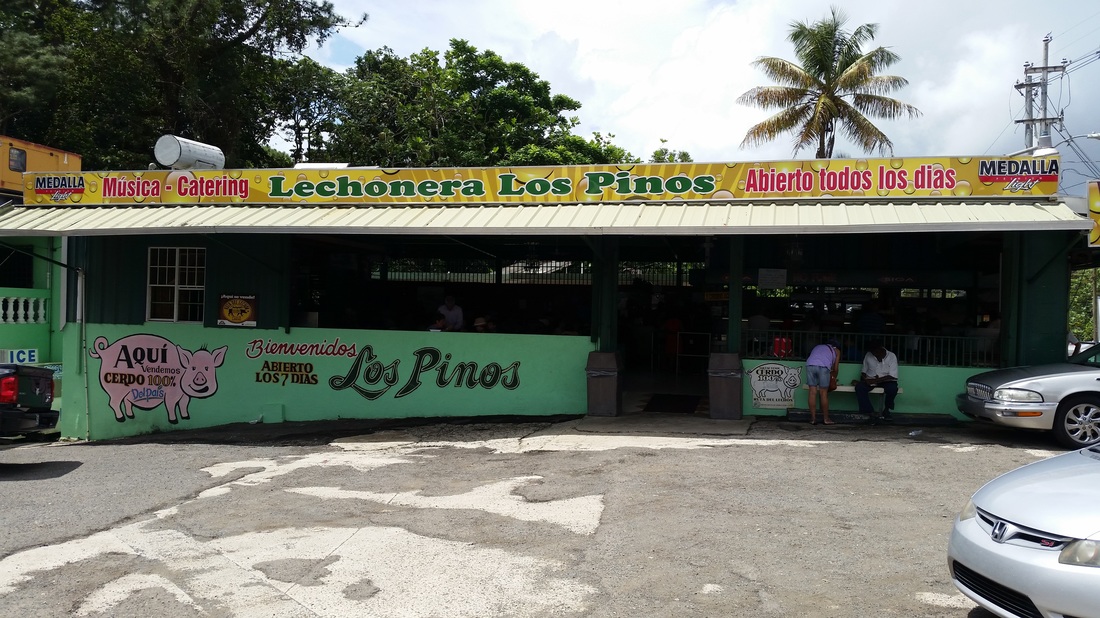



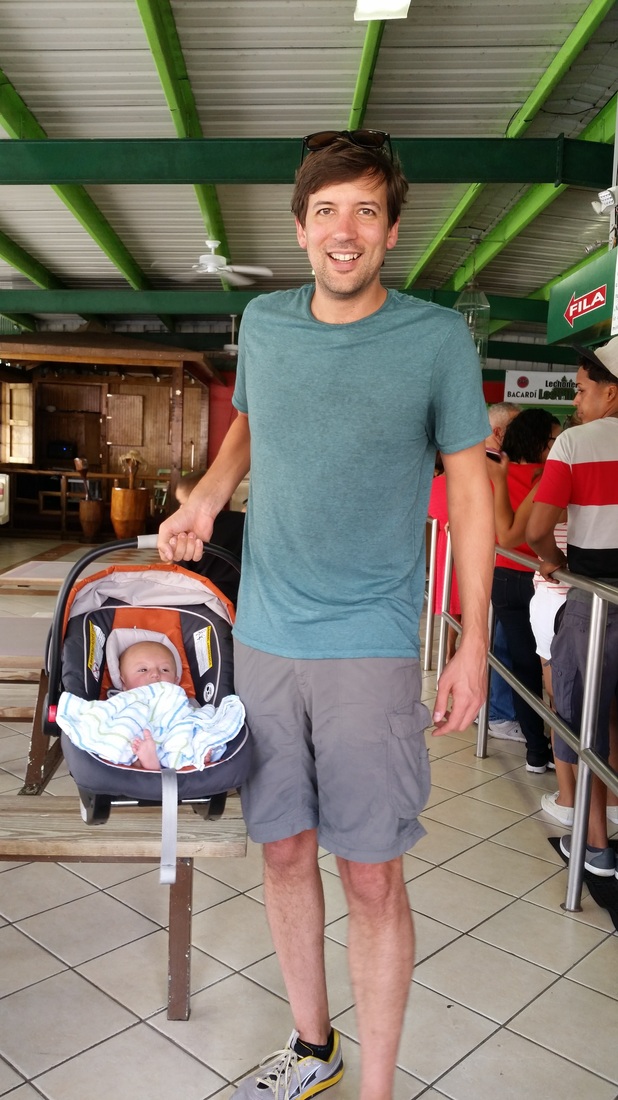


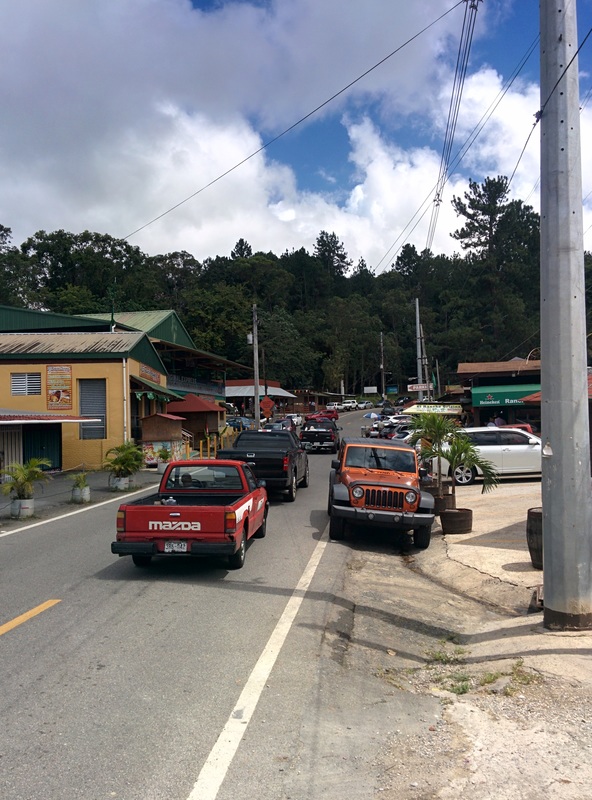




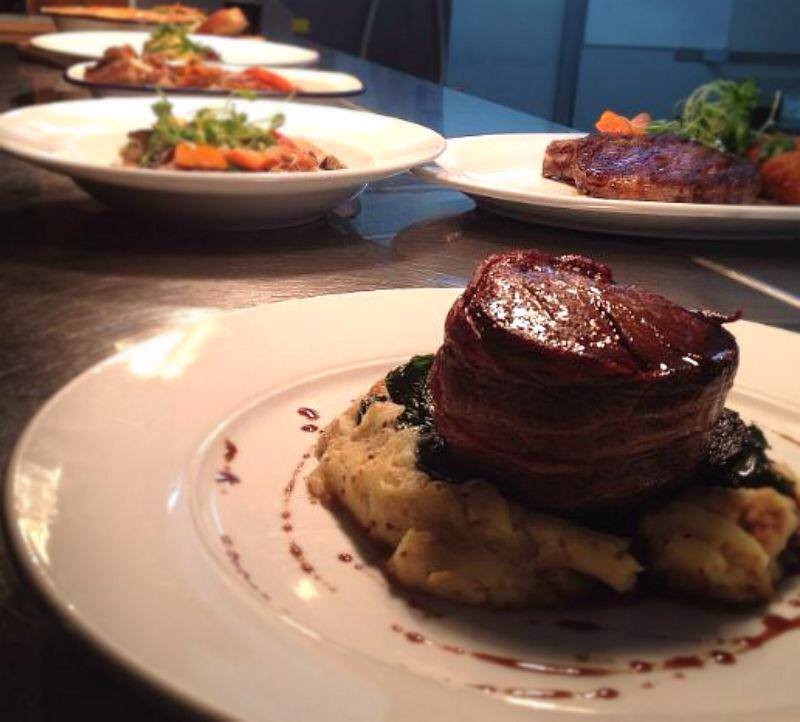
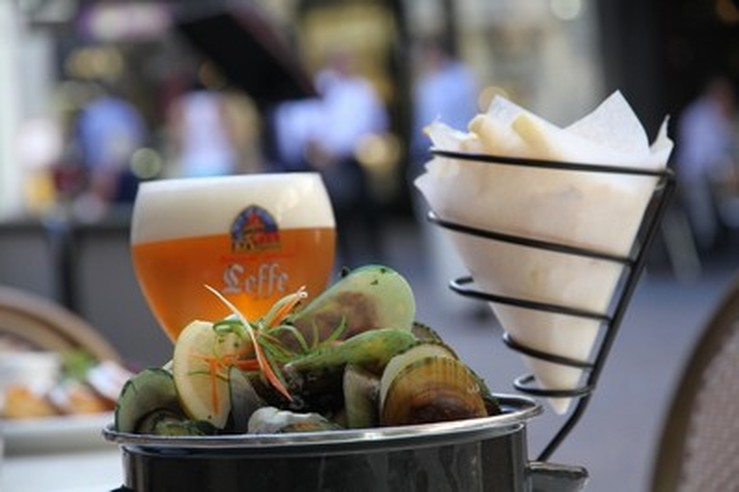











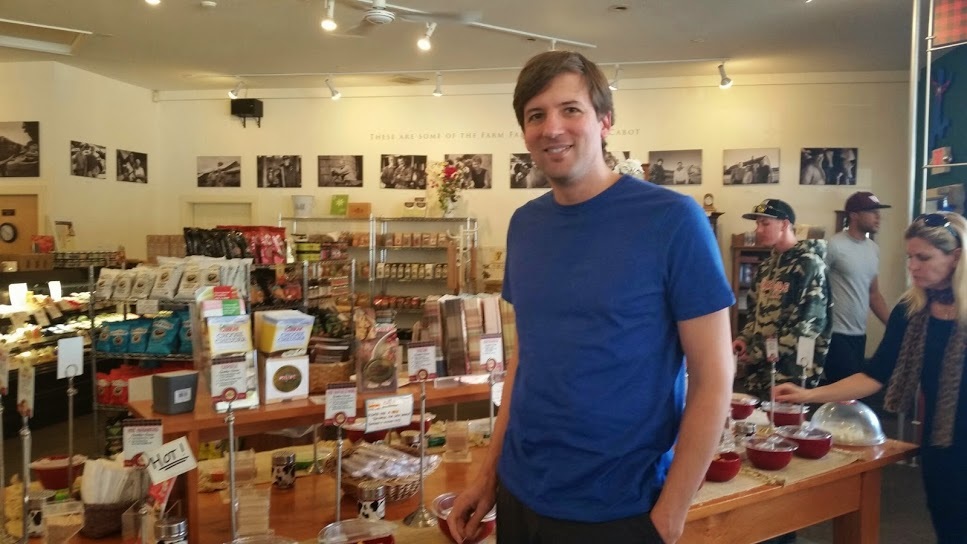










 RSS Feed
RSS Feed
